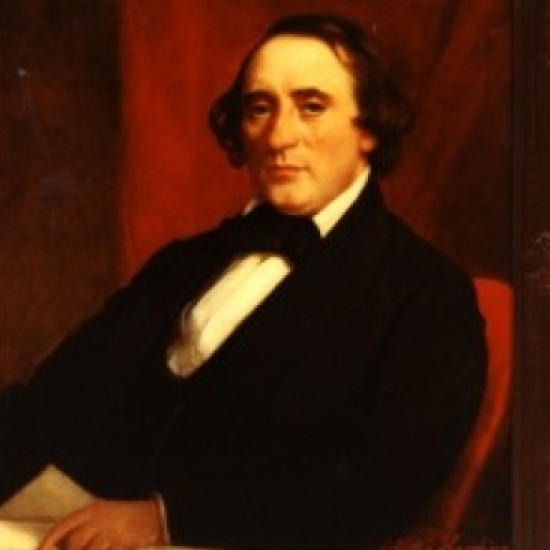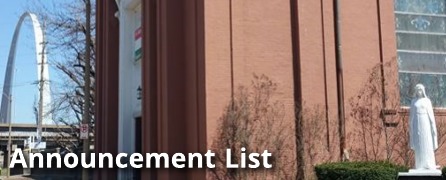12 June 2016, 11th Sunday in Ordinary Time (Year C)
Introit: Exaudi Domine,
Offertory: The heavenly Word, p. 294,
Communion: Unam petii,
Recessional: Now thank we all our God, p. 221
Mass XI, PBC p. 58. Credo III, PBC p. 77
The Introit has two phrases, the second of which is subdivided:
1. Exaudi, Domine, vocem meam qua clamavi ad te
2. (a) adjutor meus esto, ne derelinquas me
(b) neque despicias me, Deus salutaris meus.
The first half of the first phrase moves in the lower range in simple seconds. Are they the expression of reverence before the majesty of God? Or of that quiet confidence which places all things in the hands of God? Has the singer, perhaps, quieted down only after much difficulty, so that now, during his singing of the Introit, the consciousness of his burden breaks upon him afresh? In the second half of the first phrase a certain agitation makes itself felt, not so much in the descending as in the ascending thirds. The annotated manuscripts, moreover, indicate a broad rendition of all the neums over qua clamavi, as an expression of grievous affliction. Still the singer rouses himself to confidence in the almost brilliant adjutor meus esto with its swelling melody. No such marked pause, however, may be made after derelinquas me as after esto.
Both petitions—"forsake me not, do not despise me"—must follow rapidly one upon another. The similar passages qua clamavi: ga fd dc e, despicias: ga fd eg e, and salutaris meus: ga fg eg f, however simple, still help make the whole more unified. Deus is the direct antithesis to esto. The closing formtion ad te bends the otherwise expected clivis (compare the close of the antiphon with meus) to a podatus, an almost universal rule in chants of the fourth mode when the following phrase begins with low d, or still lower.
P. Wagner thinks that in the treatment of the responsories of the Office, the ascending fourth (or fifth) after d is the determining factor. The present case, as well as the passages non credis, quia, and est, alleluia, in the Communion Tanto tempore (May 1), perhaps permit of a broader interpretation of the above rule. In any case, Wagner is correct when he observes, 'The highly developed sense of the early singers for an effective and natural concatenation of melodic members reveals itself to the observer again and again.'
The Communion antiphon has two phrases. We subdivide the second one:
1. Unam petii a Domino, hanc requiram
2. (a) ut inhabitem in domo Domini
(b) omnibus diebus vitae meae.
To be faithful to the meaning of the text here, emphasize the very first word Unam, and still more hanc. Later, when we come to speak of our ultimate goal, put special stress on inhabitem and domo Domini. The melody develops exactly according to these ideas. The piece naturally begins on the dominant. At hanc the suppliant soul cries out: 'O Lord, grant me but this one thing!' Then peace envelopes it, reflected by seconds progressing in the style of a sequence according to the common formula. The next phrase, beginning a fourth higher, introduces a new arsis based on the dominant. The thesis takes its inception with omnibus; vitae meae forms a grateful response to requiram.
The melody over Domino is repeated note for note over Dominum in the Introit for the third Sunday in Lent. Similarly, the adjacent half-phrase in both songs has the same movement; in this chant, however, the highest note receives particular emphasis. Even though we leave the church after the Sacrifice today, we still remain in union with our Lord and with the Church, for He has united Himself to us in Holy Communion. And just this one desire is His, that He may dwell in our hearts by His grace and remain there all the days of our lives, until He may offer us a home in His heavenly mansion where we shall no longer lack anything, where our every longing will be perfectly satisfied in the contemplation and possession of Himself.


















